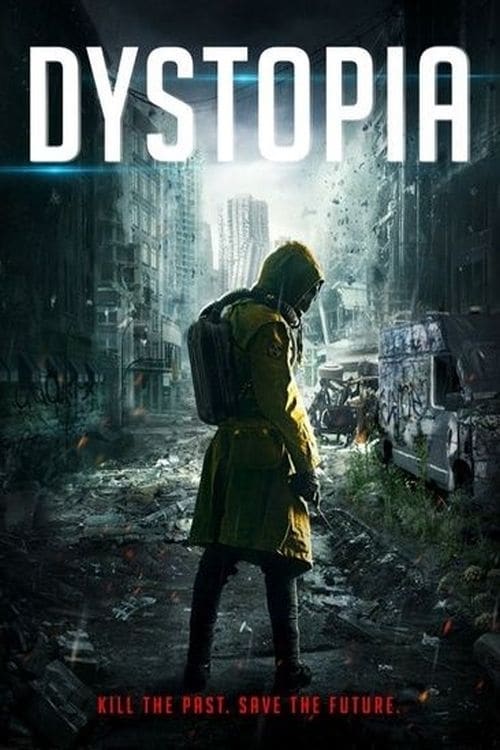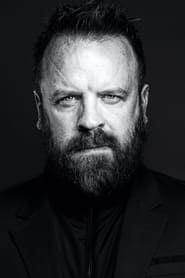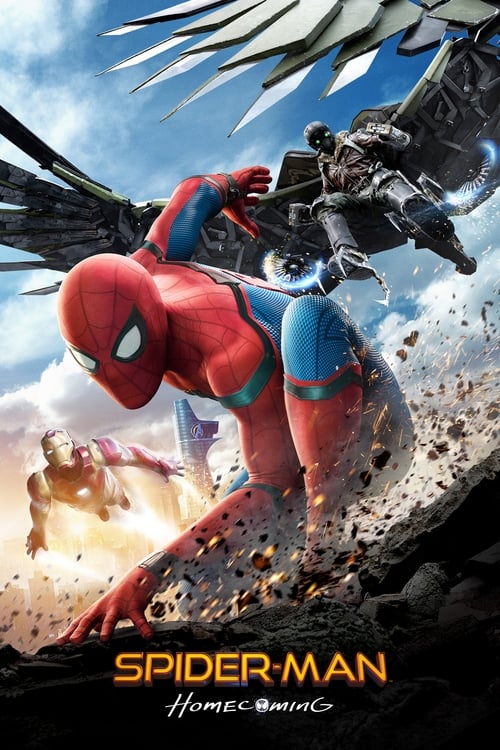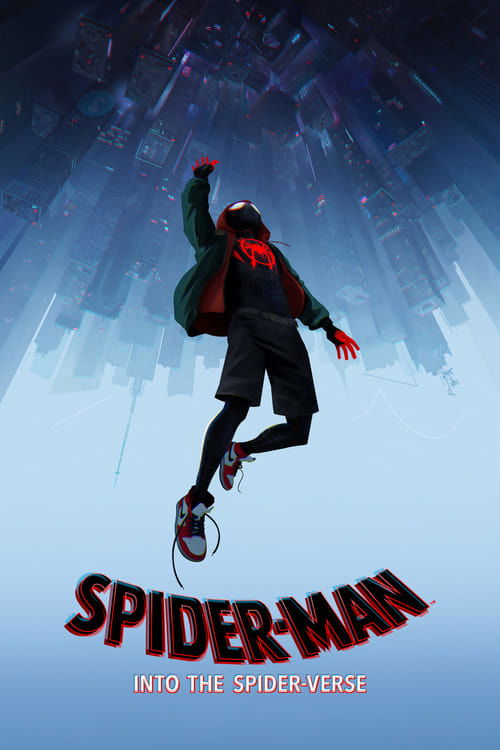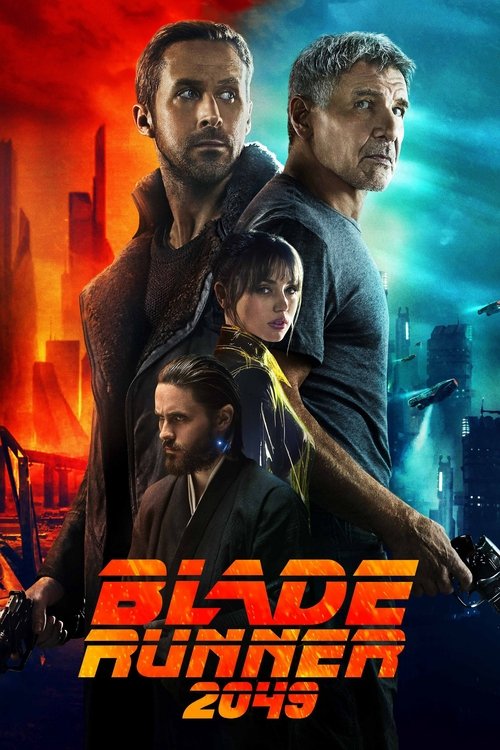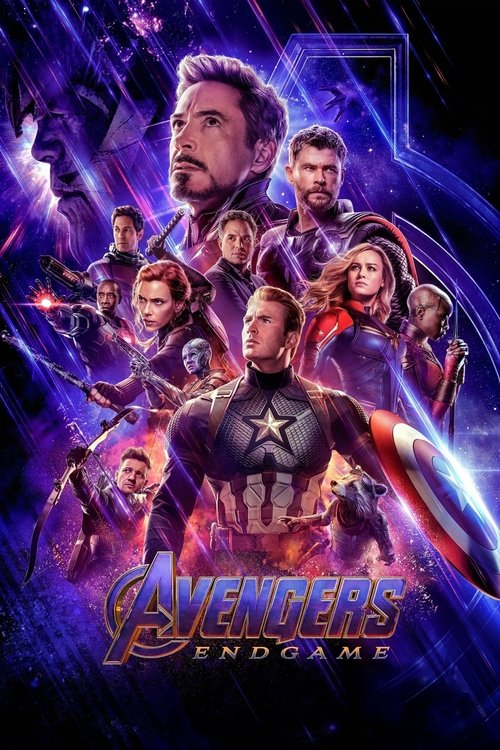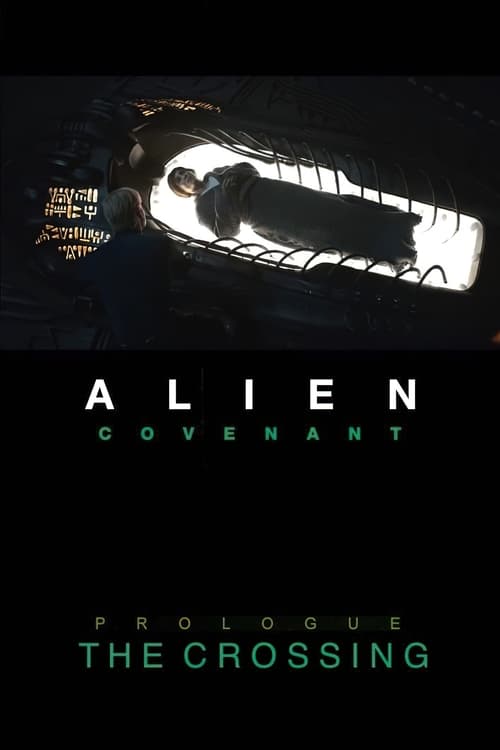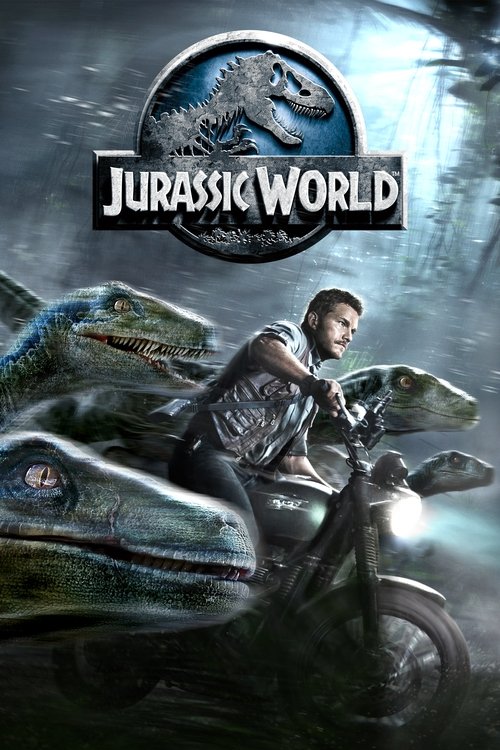
Ask Your Own Question
What is the plot?
More Movies Like This
Browse All Movies →What is the ending?
In the ending of "Dystopia," the main characters face the consequences of their choices in a world that has become increasingly oppressive. The protagonist, a young woman named Kira, confronts the authoritarian regime that has taken control of society. In a climactic showdown, she rallies a group of rebels to fight back, leading to a tense confrontation. Ultimately, Kira sacrifices herself to ensure the survival of her friends and the hope for a better future. The film concludes with a sense of unresolved tension, leaving the audience to ponder the cost of freedom.
As the film approaches its conclusion, the atmosphere is thick with tension. Kira, having witnessed the brutal enforcement of the regime's power, stands at the forefront of a rebellion that has been brewing throughout the narrative. The scene opens in a dimly lit underground hideout, where Kira gathers her fellow rebels. Their faces are marked with determination and fear, reflecting the stakes of their impending confrontation. Kira's voice is steady, yet laced with urgency as she outlines their plan to infiltrate the regime's stronghold.
The rebels, a diverse group of individuals who have suffered under the regime's rule, nod in agreement, their eyes filled with a mix of hope and trepidation. Among them is Marcus, a former soldier disillusioned by the regime's corruption, and Lena, a tech-savvy hacker who has been instrumental in gathering intelligence. The camaraderie among the group is palpable, underscoring their shared desire for freedom.
As they prepare to execute their plan, the scene shifts to the regime's headquarters, a stark and imposing structure that looms over the city. The camera captures the oppressive atmosphere, with guards patrolling the perimeter and surveillance cameras scanning the area. Kira and her team stealthily approach, their hearts racing as they navigate through the shadows. The tension escalates as they encounter unexpected obstacles, including security checkpoints and armed guards.
In a pivotal moment, Kira and Marcus find themselves cornered in a narrow hallway. The sound of footsteps echoes ominously, and Kira's resolve is tested. She knows that their mission is not just about survival; it is about igniting a spark of rebellion in others. With a fierce determination, she decides to create a diversion, urging Marcus to escape with the others. The emotional weight of her decision hangs heavy in the air as she prepares to face the guards alone.
As the confrontation unfolds, Kira's bravery shines through. She fights valiantly, but the odds are stacked against her. The scene is intense, filled with the sounds of struggle and the chaos of the fight. Kira's internal conflict is evident; she is torn between her desire to live and her commitment to the cause. In a heart-wrenching moment, she realizes that her sacrifice may be the only way to ensure her friends' escape and the possibility of a future free from tyranny.
Meanwhile, Marcus and Lena manage to evade capture, their expressions a mix of grief and determination as they witness Kira's sacrifice from a distance. The emotional impact of the moment is profound, as they grapple with the loss of their leader and friend. The camera lingers on Kira's face, capturing her resolve as she faces her fate, embodying the spirit of resistance.
The film concludes with a haunting image of the city, now shrouded in uncertainty. The regime's grip remains strong, but the seeds of rebellion have been sown. Marcus and Lena, now carrying the weight of Kira's sacrifice, vow to continue the fight. The final scene leaves the audience with a lingering sense of hope amidst despair, emphasizing the enduring struggle for freedom and the sacrifices made along the way. The screen fades to black, leaving viewers to reflect on the cost of their choices and the power of resilience in the face of oppression.
Is there a post-credit scene?
In the movie "Dystopia" (2018), there is indeed a post-credit scene that adds an intriguing layer to the film's narrative.
As the credits roll, the screen fades to black before transitioning to a dimly lit room filled with monitors displaying various scenes from the dystopian world the characters inhabit. The camera slowly zooms in on a figure seated in front of the screens, their face obscured by shadows. The atmosphere is tense, with a low hum of machinery in the background.
The figure leans forward, revealing a pair of piercing eyes that reflect a mix of determination and malice. They begin to type rapidly on a keyboard, and the screens flicker to life, showcasing footage of the main characters from the film, now in different locations, seemingly unaware of being watched.
As the figure continues to type, a voiceover begins, filled with a chilling calmness. "They think they have escaped, but the game has only just begun." The scene cuts to a close-up of a digital map, pinpointing various locations where the characters are scattered, suggesting that they are still being monitored and that their struggles are far from over.
The post-credit scene leaves viewers with a sense of foreboding, hinting at a larger conspiracy and the possibility of a sequel, as it emphasizes the ongoing nature of the conflict within this dystopian world. The final shot lingers on the figure's eyes, filled with a cold resolve, before the screen fades to black once more, leaving the audience with lingering questions about the fate of the characters and the true extent of the dystopian regime.
What role does the mysterious artifact play in the story?
The artifact, a relic from a time before the regime's rise to power, serves as a symbol of hope and a potential key to overthrowing the oppressive government. Kira discovers its significance early in the film, and it becomes a focal point for the resistance's efforts, representing the possibility of reclaiming their lost history and identity.
What motivates the main character, a young woman named Kira, to join the resistance against the oppressive regime?
Kira is driven by a deep sense of loss and injustice after witnessing the brutal execution of her father, who was a leader in the resistance. This personal tragedy ignites her desire to fight back against the regime that has taken everything from her, fueling her determination to seek revenge and restore freedom to her people.
How does the character of Marcus evolve throughout the film?
Initially portrayed as a disillusioned soldier who has lost faith in the system, Marcus undergoes a significant transformation as he reconnects with his sense of duty and purpose. His interactions with Kira inspire him to embrace hope and take a stand against the regime, ultimately leading him to become a key figure in the resistance.
How does the relationship between Kira and Marcus develop throughout the film?
Kira and Marcus's relationship begins with mutual distrust, as Kira is wary of Marcus's past as a soldier. However, as they face challenges together, they develop a bond rooted in shared pain and a common goal. Their relationship evolves from allies to romantic partners, highlighting themes of trust, sacrifice, and the power of love in the face of adversity.
What are the consequences of the regime's surveillance technology on the characters' lives?
The regime's advanced surveillance technology creates a pervasive atmosphere of fear and paranoia, affecting the characters' ability to trust one another. Kira and her allies must constantly navigate the risks of being watched, leading to tense moments of secrecy and deception. This technology not only serves as a tool of oppression but also drives the characters to find creative ways to communicate and organize their resistance.
Is this family friendly?
"Dystopia," produced in 2018, is not considered family-friendly due to its mature themes and content. The film explores a bleak future marked by societal collapse, which may be distressing for children or sensitive viewers.
Potentially objectionable or upsetting aspects include:
- Violence: The film contains scenes of physical confrontations and aggressive behavior that may be intense and unsettling.
- Death and Despair: Characters face significant loss and trauma, which can evoke strong emotional responses.
- Dark Themes: The overarching themes of survival in a harsh, dystopian world may be too heavy for younger audiences.
- Emotional Distress: Characters experience deep emotional turmoil, including fear, hopelessness, and desperation, which could be upsetting to sensitive viewers.
These elements contribute to a tone that is more suitable for mature audiences.

